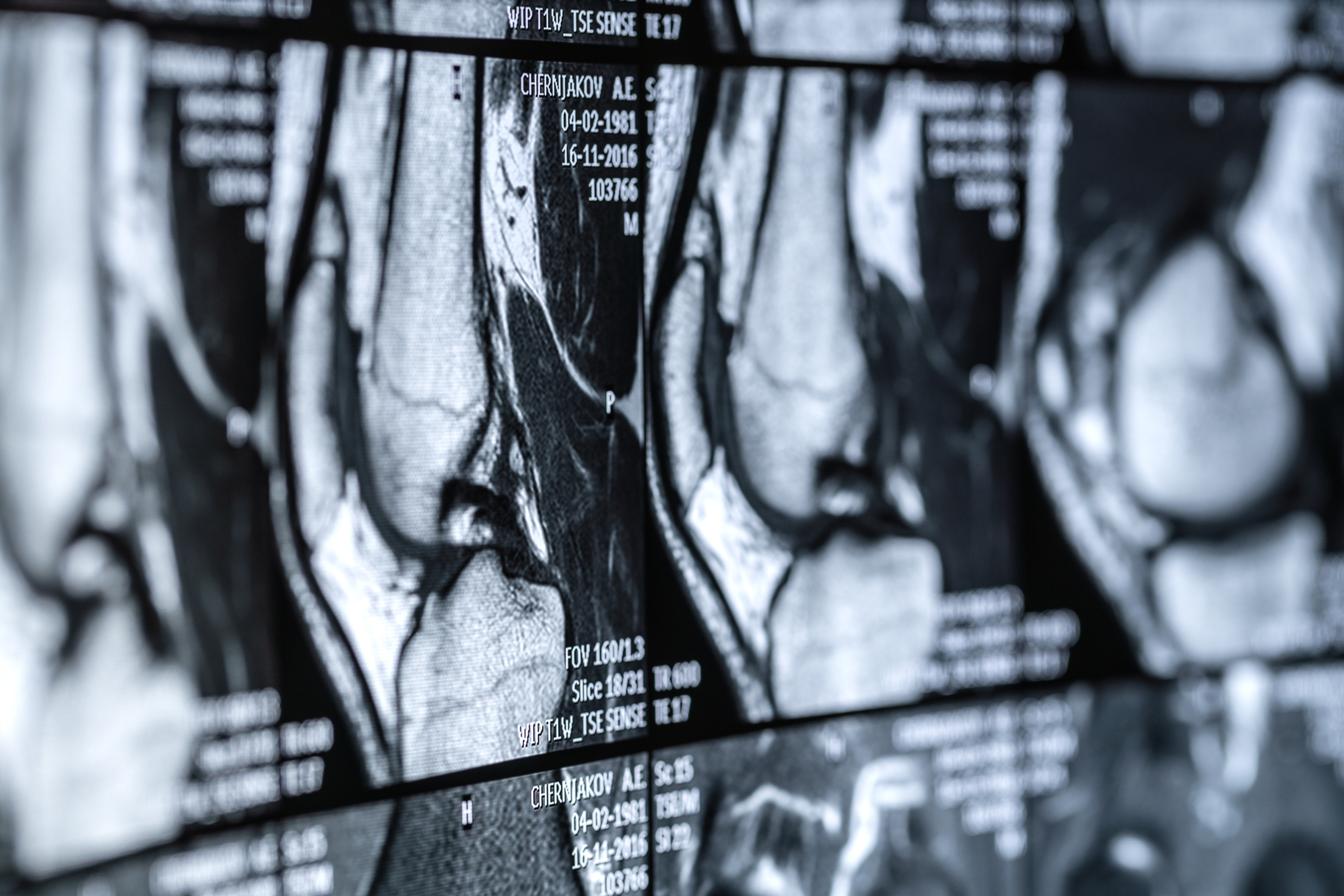
Imaging volumes in hospitals and practices previously slowed by the coronavirus pandemic continue to hold steady, according to new QuickPoLL survey results that gauge how radiologists feel about current business and the impact of COVID-19. The data compares results from the third wave, June 1-15, to the fourth wave, June 16-30.
Responses were tallied from approximately 170 radiology administrators and business managers, who are part of an imagePRO panel created by The MarkeTech Group (TMTG), regarding the effects of the COVID-19 pandemic on their business. TMTG is a research firm specializing in the medical device, healthcare and pharmaceutical industries. Participants were selected as a representative cross-section of the imaging industry. The panel was asked nine questions about their current business to gauge the imaging impact by COVID-19, and the work that lies on the road ahead.
Imaging Volumes Remain Constant
Magnetic resonance imaging (MRI), computed tomography (CT) and portable X-ray study volumes have improved from the first two waves in May, but remain constant compared to wave 3. Outpatient/elective radiology (eg: scheduled studies) and inpatient radiology (eg: ER, bedside and ICU) also remained flat, as did screening radiology (eg: mammography). For a complete comparison of screening volume change for this period, see Table 1.
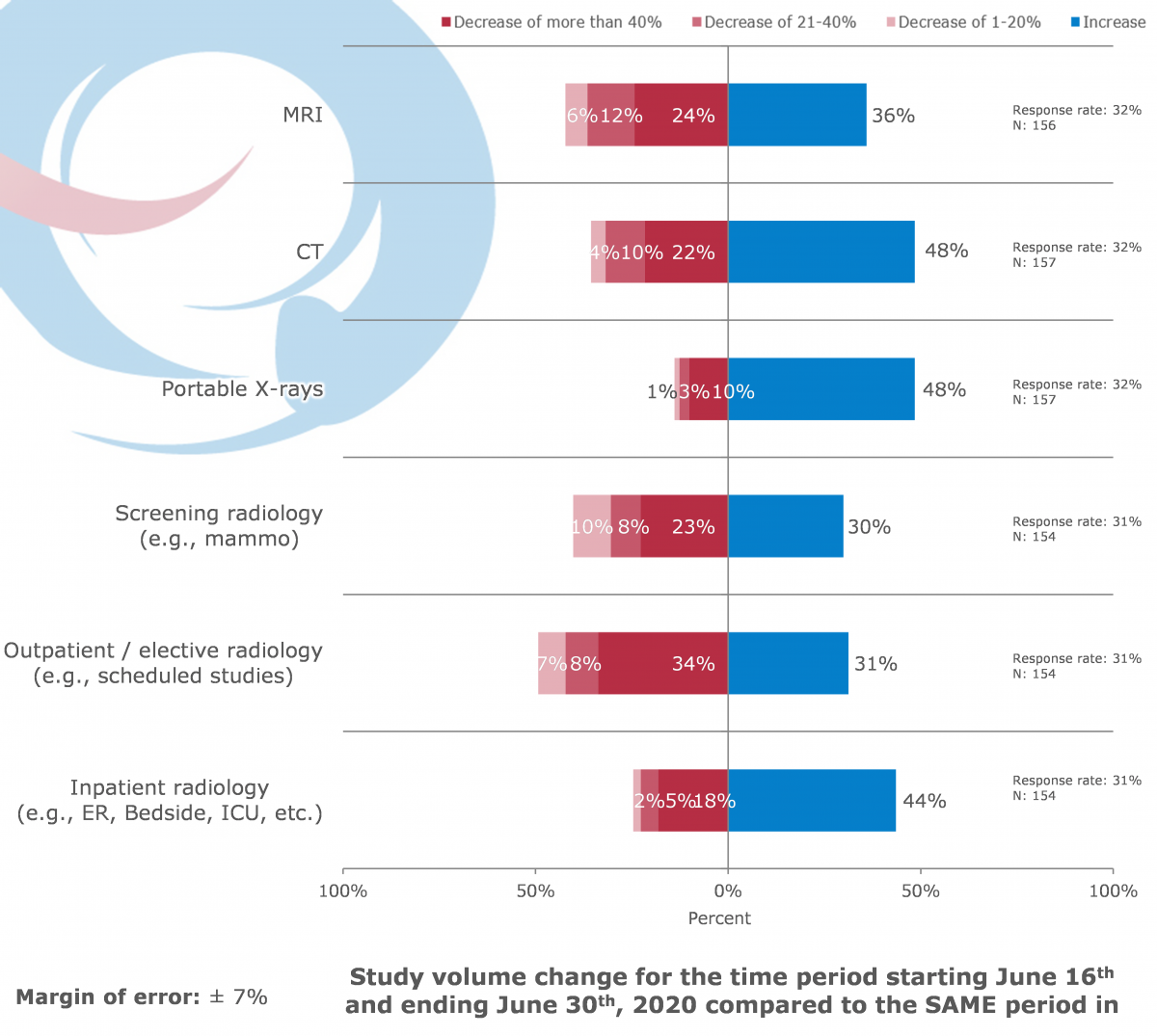
Table 1: This table shows the study volume change for the time period Jun 16-30, 2020, as compared to the same time period in 2019.
Imaging Services Surge Slows
Survey participants continue to process a surge of outpatient imaging procedures — 45 percent currently experiencing these surges — due to the COVID-19 pandemic, according to the QuickPoLL results. TMTG defined “surge” as a much larger volume of studies per day than what was experienced before COVID-19. Thirty-four percent don’t believe there will be a surge due to a slow recovery. See Table 2.
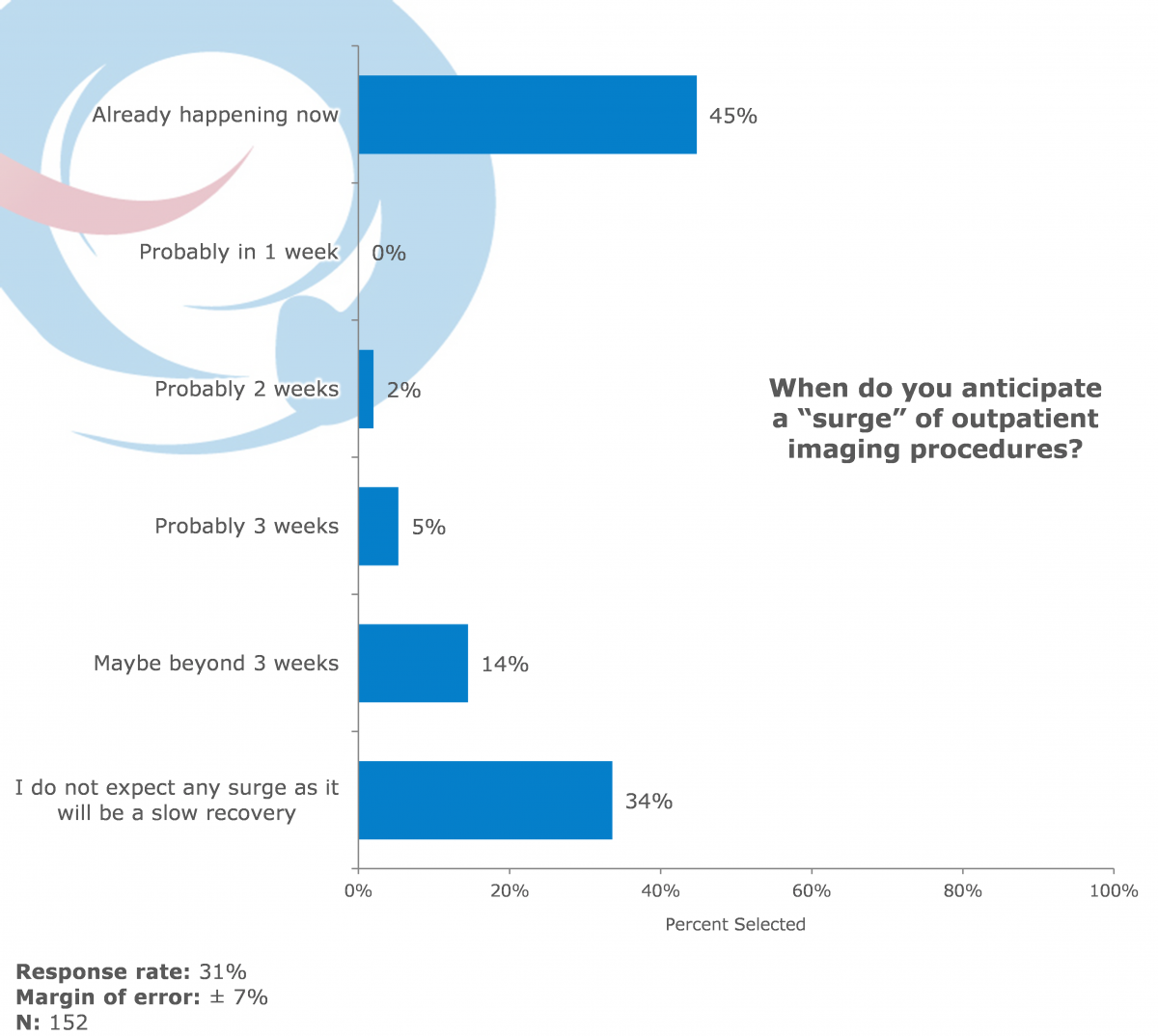
Table 2: This table shows wave 4 survey results of when survey respondents expect to see a surge in imaging services.
Extended hours of operations and increasing workflow efficiency remain the primary methods to manage the surge. When asked if a surge of outpatient imaging procedures materializes, what would be the primary method to manage/address the surge, 41 percent of respondents said they would extend hours of operation. Thirty-three percent would create a more efficient workflow; 3 percent would hire more staff; and 18 percent would do nothing, believing that there will be no surge of outpatient imaging procedures. These results have been the norm since the beginning of this survey in May. See Table 3.
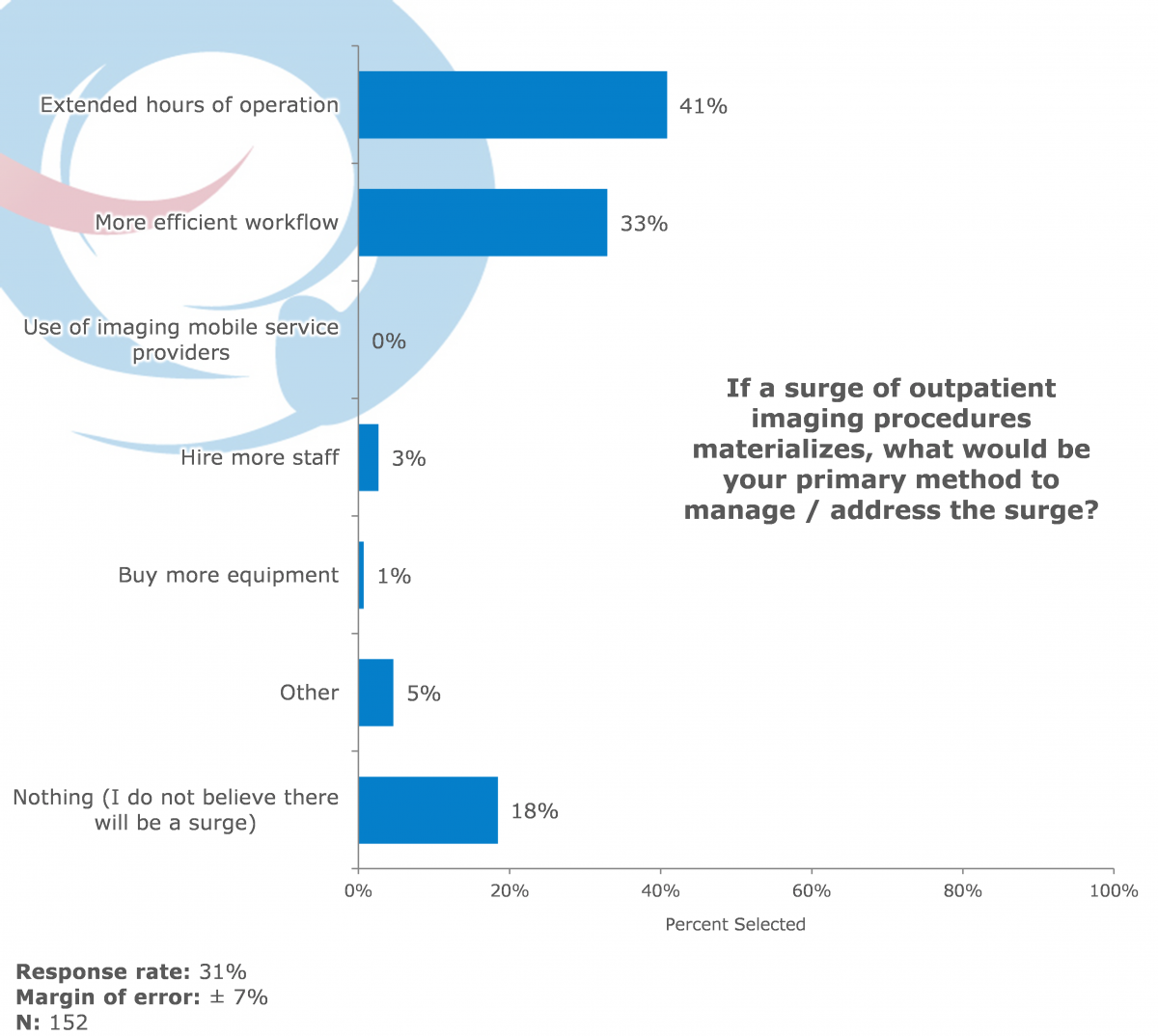
Table 3: Wave 4 survey results on how respondents plan to manage and address the surge in imaging services.
Poll participants were also asked about the current imaging capacity, defined as percentage of use of imaging modalities during business hours, at their outpatient diagnostic imaging centers (DIC). Eighty to 99 percent of respondents reported that imaging capacity utilization is currently at 28 percent, mirroring the results of wave 3. See Table 4.
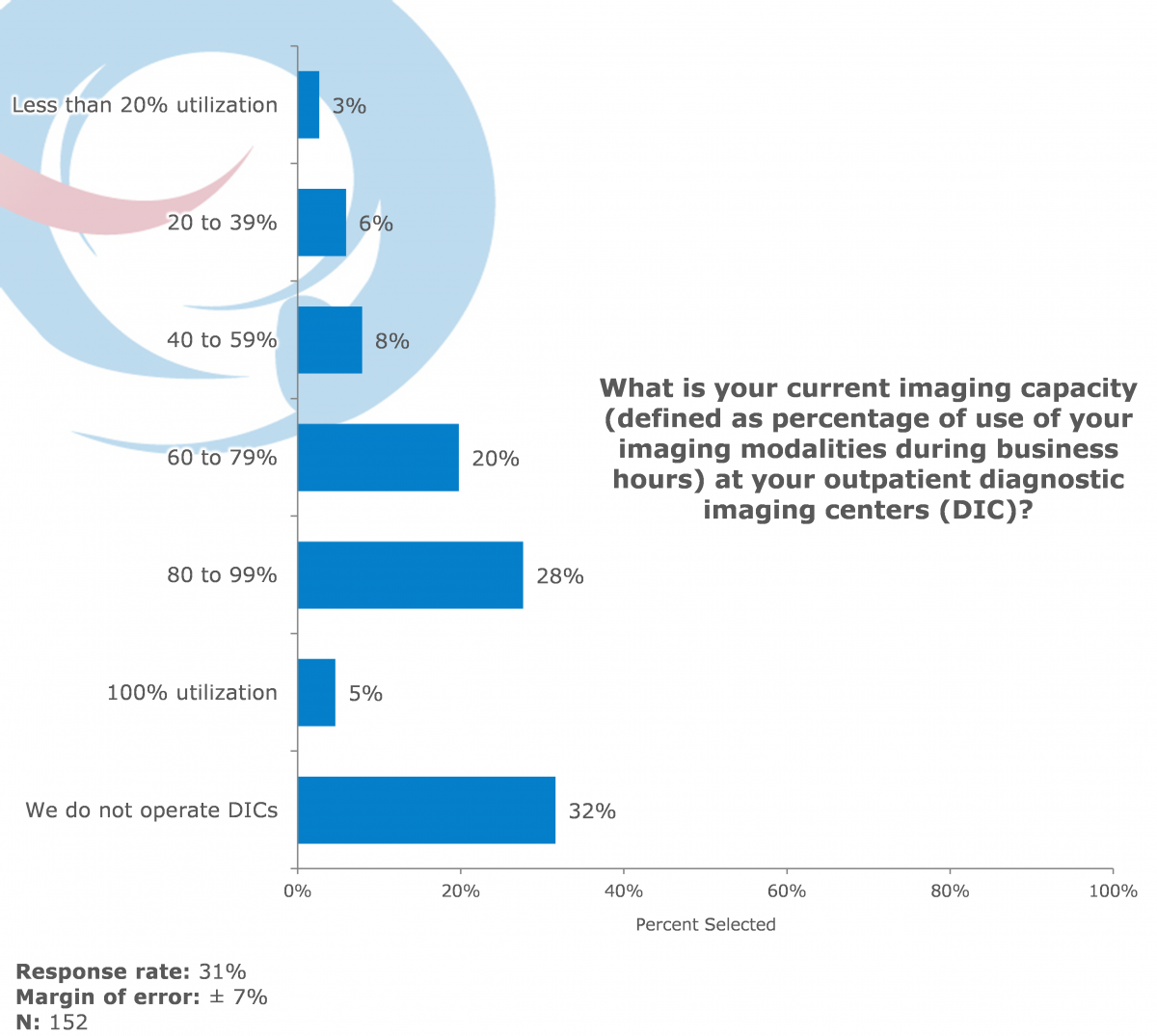
Table 4: Responses for wave 4 on current imaging capacity at outpatient diagnostic imaging centers.
COVID-19’s Grip
according to a special report from the Radiological Society of North America (RSNA) COVID-19 Task Force, published today in the journal Radiology, examination volumes in radiology practices have decreased by 40%-90%. This survey’s numbers indicate that the trend is moving toward the surge happening now versus never happening. Facilities continue to extend hours of operation and create a more efficient workflow to manage this increase of volume.
You can find more information on The MarkeTech Group and services offered at www.themarketechgroup.com/en/solutions/imagepro-products.
Related COVID-19 Survey Content:
Imaging Volumes Continue to Improve Post COVID-19 Closures
Insight on the Impact of COVID-19 on Medical Imaging
The Continued Impact of COVID-19 on the Imaging Industry
Related Coronavirus Content:
VIDEO: Imaging COVID-19 With Point-of-Care Ultrasound (POCUS)
Cardiac Imaging Best Practices During the COVID-19 Pandemic
RSNA Publishes COVID-19 Best Practices for Radiology Departments
ASE Guidelines for the Protection of Echocardiography Providers During the COVID-19 Outbreak
New CT Scoring Criteria for Timely Diagnosis, Treatment of Coronavirus Disease
FDA Issues New Policy for Imaging Systems During COVID-19
VIDEO: COVID-19 Precautions for Cardiac Imaging — Interview with Stephen Bloom, M.D.
A Review of Studies Cautions Against Chest CT for Coronavirus Diagnosis
New Research Finds Chest X-ray Not Reliable Diagnostic Tool for COVID-19
VIDEO: Radiology Industry Responding to COVID-19
University of Washington Issues Radiology Policies for COVID-19
VIDEO: Best Practices for Nuclear Cardiology During the COVID-19 Pandemic — Interview with Hicham Skali, M.D.
New Research Highlights Blood Clot Dangers of COVID-19
Survey Reveals Most Medical Practices are Now Using Telehealth Due to COVID-19
CMS Offers Recommendations on Reopening Healthcare in Areas of Low COVID-19 Cases
CT Provides Best Diagnosis for Novel Coronavirus (COVID-19)
Radiology Lessons for Coronavirus From the SARS and MERS Epidemics
Radiologists Describe Coronavirus CT Imaging Features
CT Imaging of the 2019 Novel Coronavirus (2019-nCoV) Pneumonia
ACC COVID-19 recommendations for the cardiovascular care team
VIDEO: What Cardiologists Need to Know about COVID-19 — Interview with Thomas Maddox, M.D.


 December 10, 2025
December 10, 2025 









